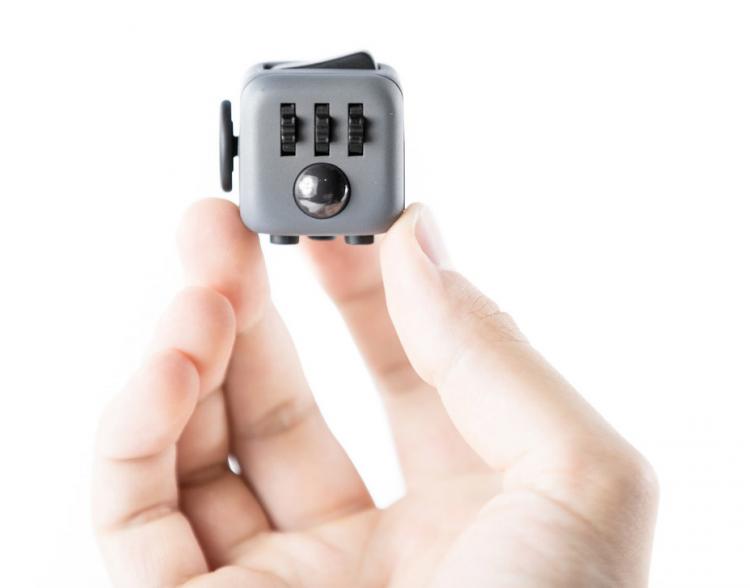Jewelbot is a high-tech friendship bracelet that helps teenage girls learn how to code. Co-founders Sara Chipps and Brooke Moreland developed the product after discovering how important it is for girls to learn how to code from an early age. Sara Chipps is a co-founder for the national organization “Girl Develop It!,” and Brooke Moreland is a fashion-tech entrepreneur. Together, these millennial entrepreneurs were able to develop a product that “fuses fashion, technology, and friendship” into one device. From the beginning, Sara and Brooke knew that they wanted to find a way to encourage girls to develop an interest in learning how to program. By surveying a range of teenage girls, they learned that this target audience is most interested in a product that would provide friendship and communication. Hence, the concept of a high-tech friendship bracelet was born.
This product is unique because it allows teenage girls to connect with their friends by wearing the friendship bracelet, which is connected to a smartphone via Bluetooth. The bracelet is able to light up different colors, buzz, or even send secret messages depending upon how it is programmed. The product is open-source meaning that the user is able to write her own code for the bracelet. Users are encouraged to learn how to program using an integrated development environment (IDE) called Arduino. Not only is this an exciting way for young girls to connect with one another, but it also teaches them valuable program language skills, which will likely be very beneficial for them later in life. This style of learning encourages teenagers to be creative while also developing important problem-solving skills. Jewelbot is now being sold online with a starting price of $69.
These millennial entrepreneurs’ creation shows that technological innovation is possible in all markets. Not only is innovation possible in markets geared towards adults, but entrepreneurship is also a very valuable part of markets aimed towards children. This encourages me to broaden my horizons and begin thinking about possible entrepreneurial endeavors in a wide range of target markets because there is great potential for technological innovation in all markets.
More information regarding Jewelbots can be found here.




